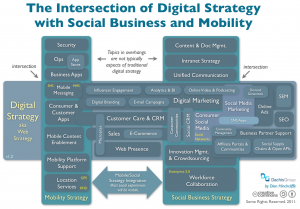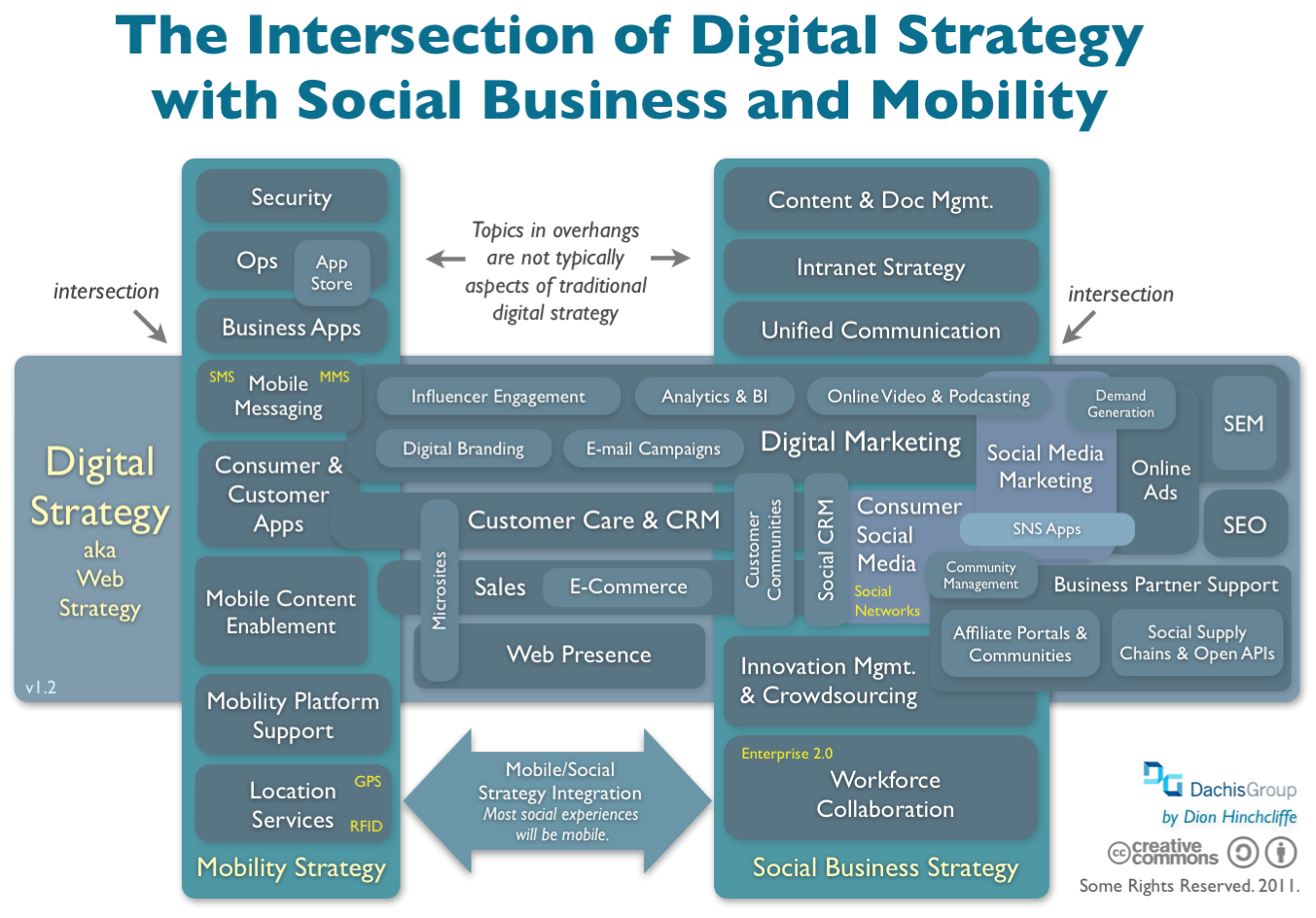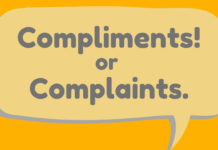We have to look at the progress of IT to understand what a digital strategy looks like. Computers were traditionally for corporations where custom applications were built to process their work flow. This was limited to the business transactional processing and reporting to monitor the efficiency of that business.
In the 1980’s when the internet and emailing became main stream it opened up the consumer computer market. In the early years this was limited since many companies were now coming online with their website and content. Out bound email marketing was the first signs that the marketing function was going to join the digital revolution.
 In the 2000’s there were some key transformations that revolutionize the way we think of digital and marketing. The first big change was web 2.0 which ment that customers were not only finding the content they were searching for but leaving their sentiments behind. This two way interaction started growing the digital channel and shrinking the TV, prints and radio channels. The second big change was social media. In the age of YouTube, Facebook, Twitter, Pintrest and many more the amount of communities further split the channels out to become more segmented. Each of these channels tend to attract a different type of consumer. Early adopters tend to like twitter and trending blogs. The lagers tend to use many of the other online channels. The third change is smart phone and mobile device usage. The smart phone has radically transforming the way information is created and stored. We need to access information on the run and in real time.
In the 2000’s there were some key transformations that revolutionize the way we think of digital and marketing. The first big change was web 2.0 which ment that customers were not only finding the content they were searching for but leaving their sentiments behind. This two way interaction started growing the digital channel and shrinking the TV, prints and radio channels. The second big change was social media. In the age of YouTube, Facebook, Twitter, Pintrest and many more the amount of communities further split the channels out to become more segmented. Each of these channels tend to attract a different type of consumer. Early adopters tend to like twitter and trending blogs. The lagers tend to use many of the other online channels. The third change is smart phone and mobile device usage. The smart phone has radically transforming the way information is created and stored. We need to access information on the run and in real time.
If your company’s idea of a digital strategy is setting up a Facebook page and twitter account then I am not sure how you will really meet your objective. Companies must now consider multi-channel marketing and multi prong approaches in the digital space. These must also consider inbound and out bound channels. There must be a unified strategy of naming and measuring the key performance indicators across all strategies and measuring how they interact together to make the final sales transaction. For example was it a web search that allowed the customer to see the website then make a purchase or was it the tv or magazine print? Customer interaction history can only be gathered and measured in the digital formats. This measure of “attribution” as marketers refer to it, is how the budget should be placed per channel like direct mail, email, web search, web /print ad, social media interaction, on the phone or in person. I am sure each of them plays in making customers receptive to the final marketing touch point before the purchase.
This is not to intimidate anyone but the complexity is not going to get simpler as the years pass. Marketing to customers is heading toward a segmentation of one. “Give me what I want and understand me”. This is where the industry has always wanted to go and it is accelerated in the digital age. When we think about branding and marketing to a client, it really comes down to how we operate and how we communicate in synch in each channel.
The future of marketing is going to be digital (read more how spending will go up) but the question is do you really have a strategy? Big Data can give you the insight to create a real digital strategy. We will explore how in this article
Stephen Choo Quan
Stephen is a double threat holding both SAP business objects certified architect as well as being a certified IBM DB2 Database Developer. read More…











